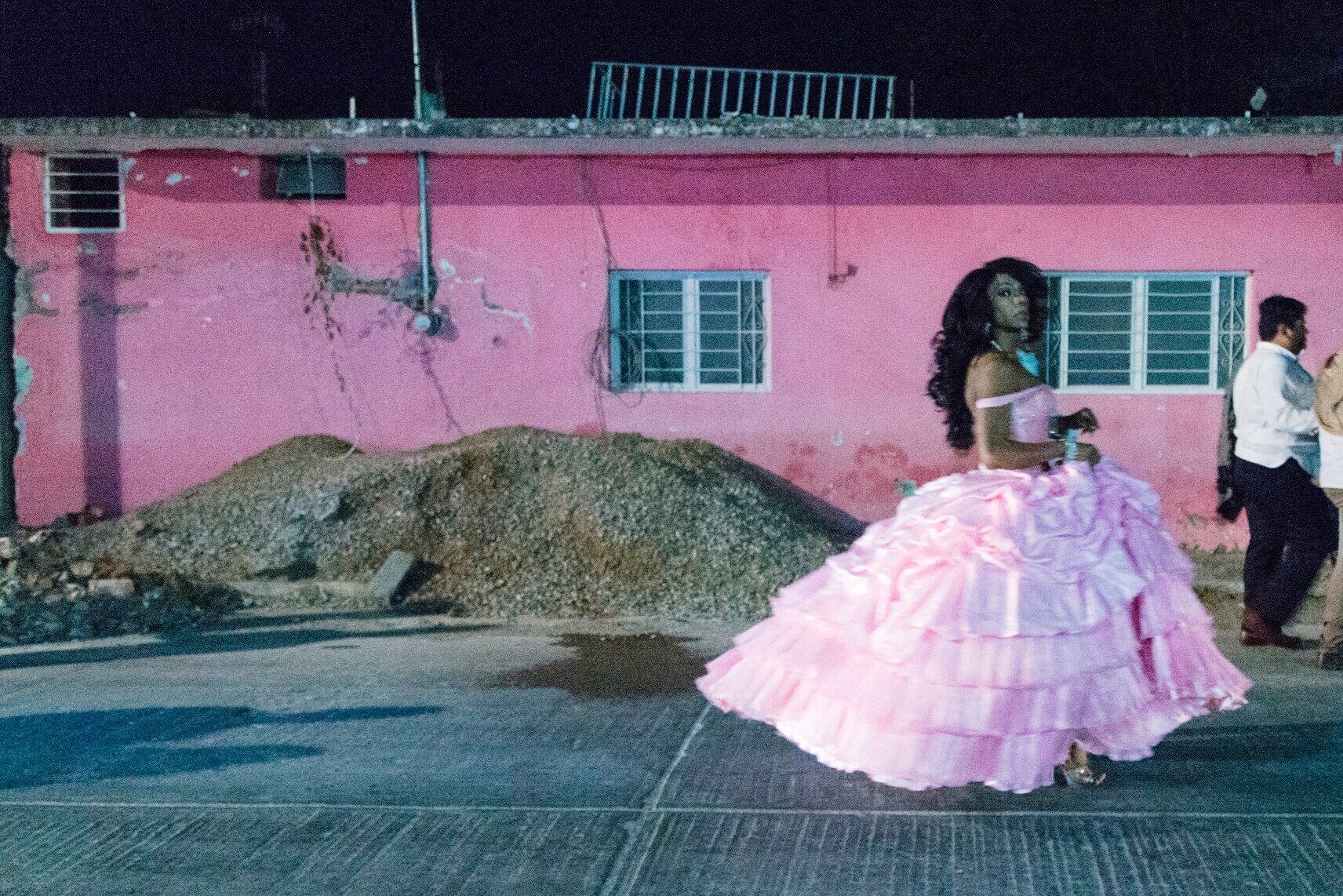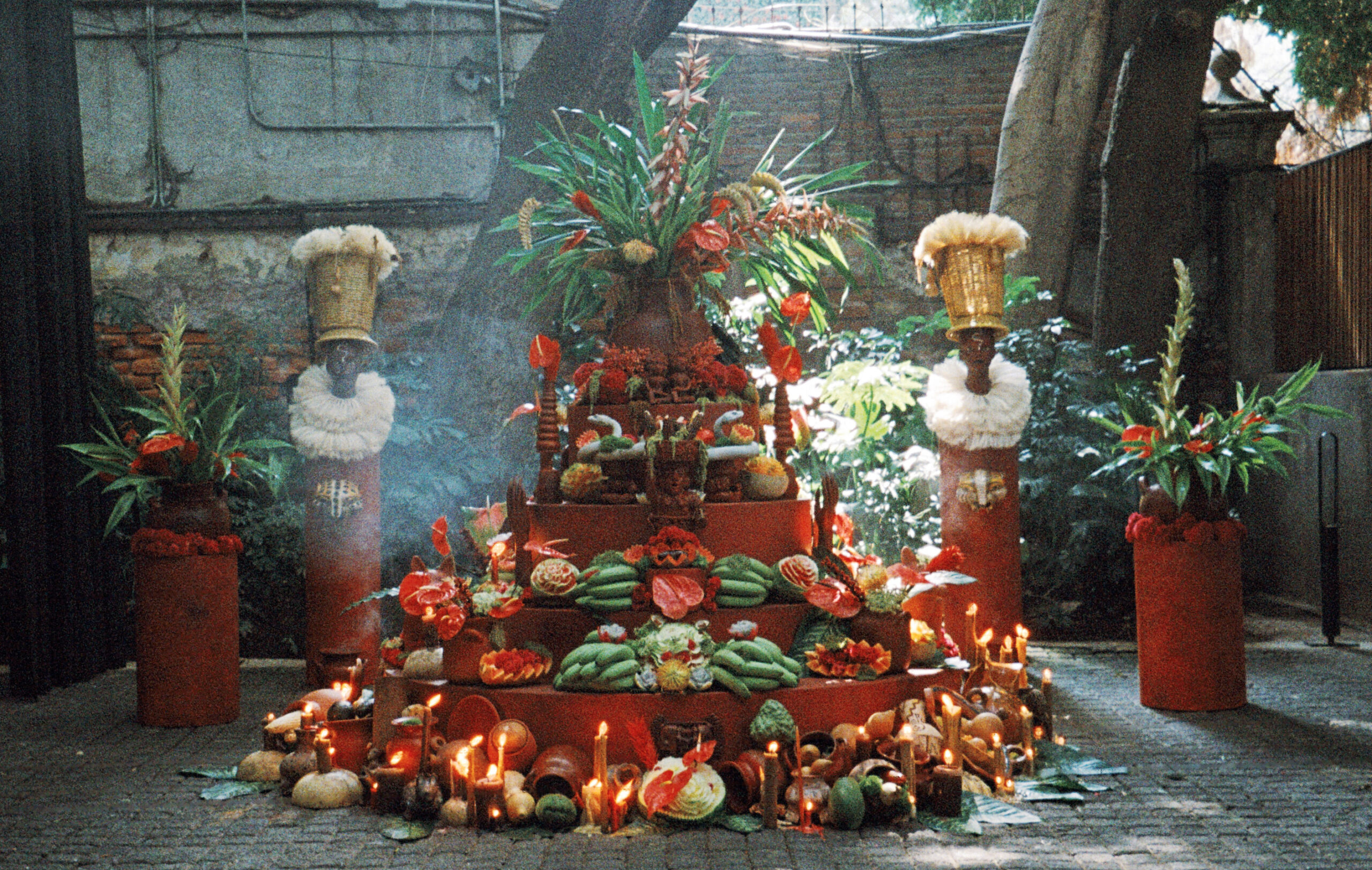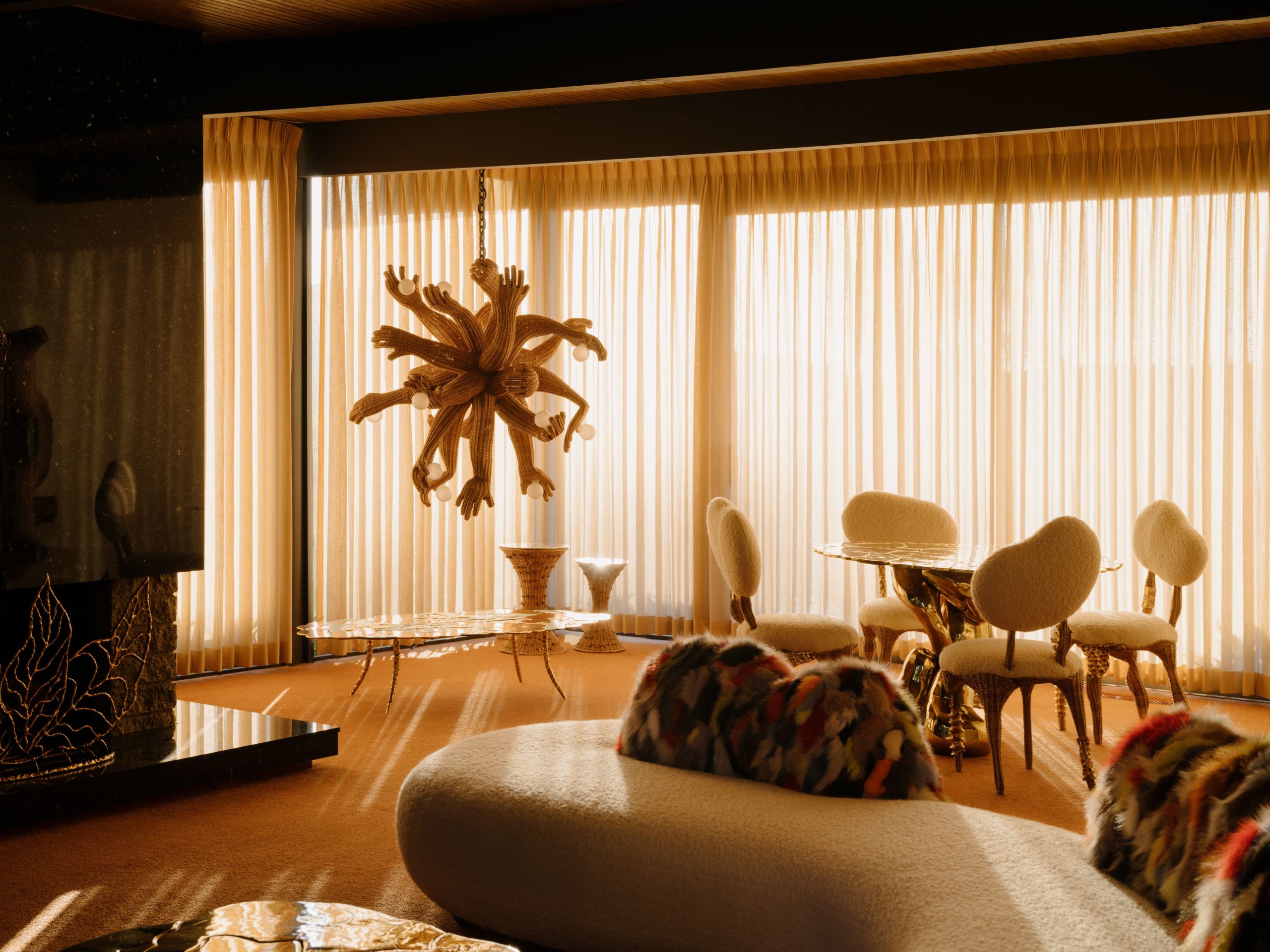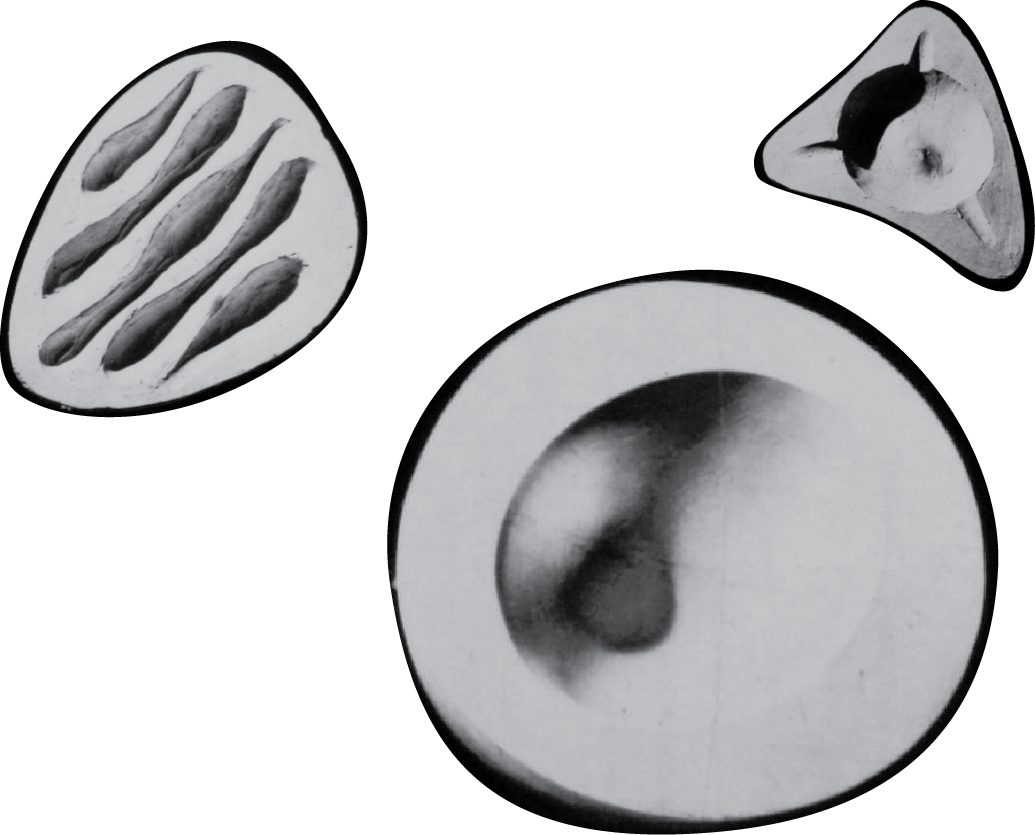A TOWER OF SOUND: AN INSTALLATION AND SOUND PERFORMANCE AT LA TORRE DE LOS VIENTOS
Photography by Noel Higareda and Liz Zepeda
Archival images courtesy of the Estate of Gonzalo Fonseca
Torre de Sonido is a sound performance and art installation at the iconic tower La Torre de los Vientos by Gonzalo Fonseca. Integrating an immersive sound performance into the site, Torre de Sonido is a communal experience that reanimates an inert structure and pays homage to México’s cultural heritage. This multifaceted project—that spans architecture, sculpture, installation and sound art—represents the reclamation of the cultural islands remaining in a city fragmented by relentless urbanization.
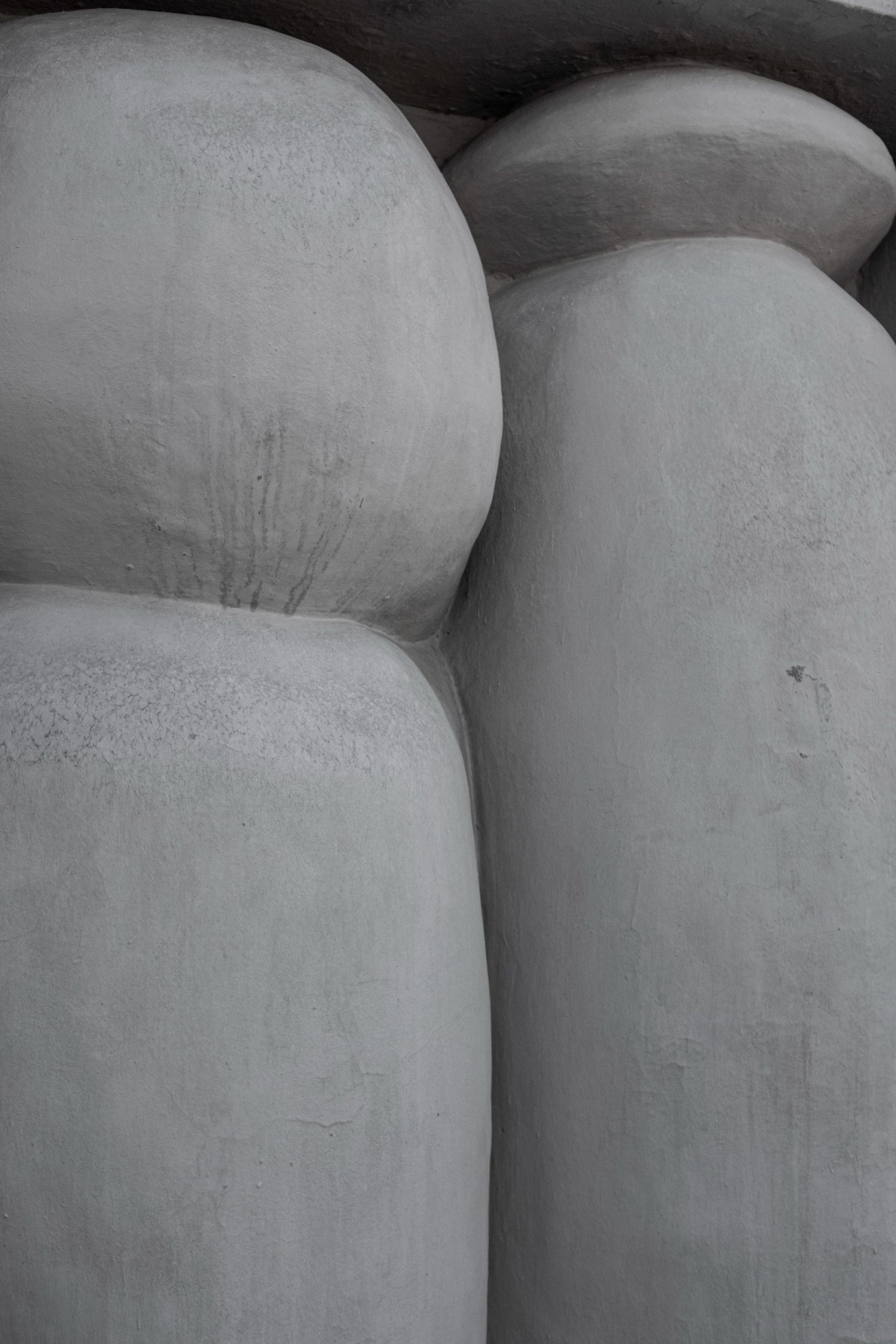
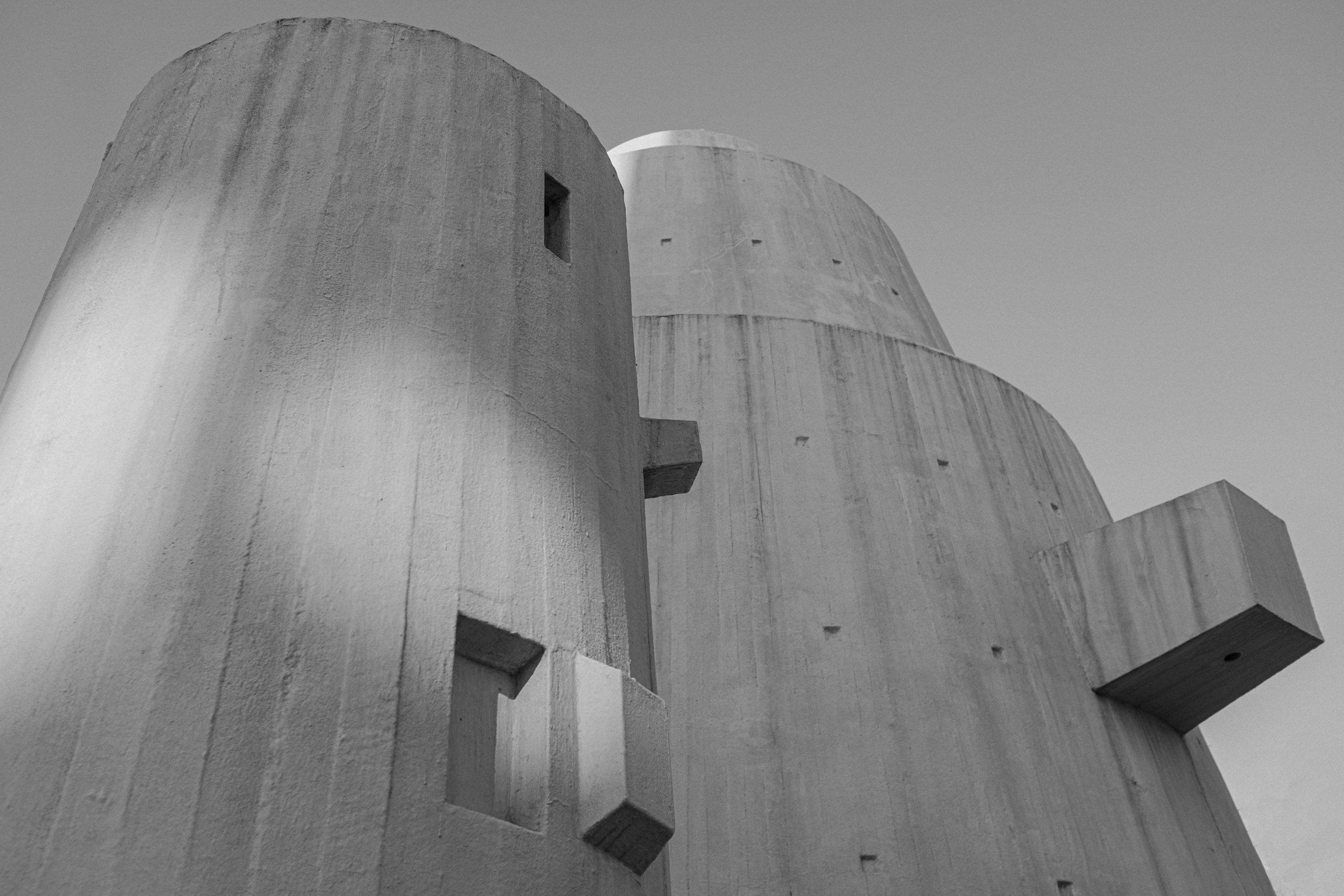
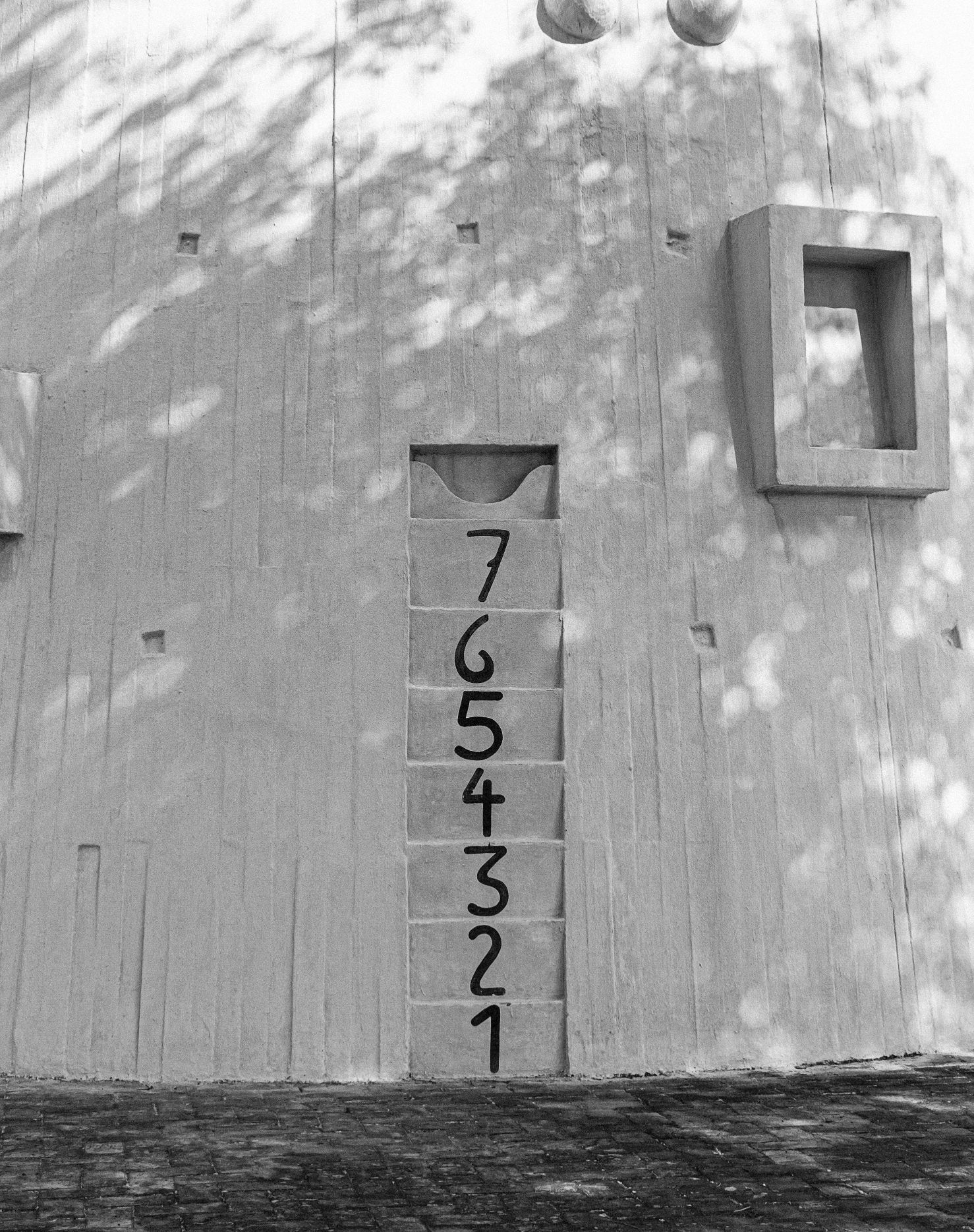
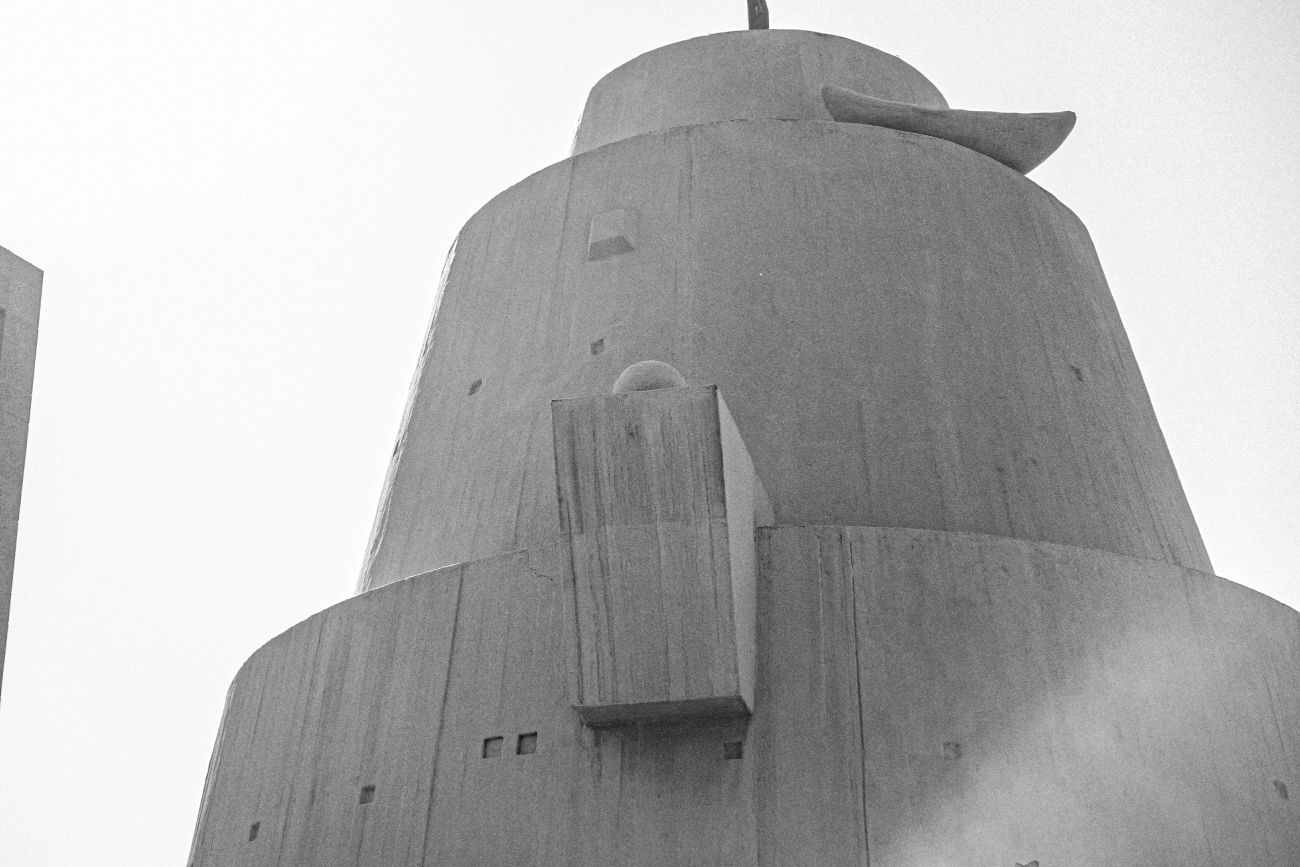
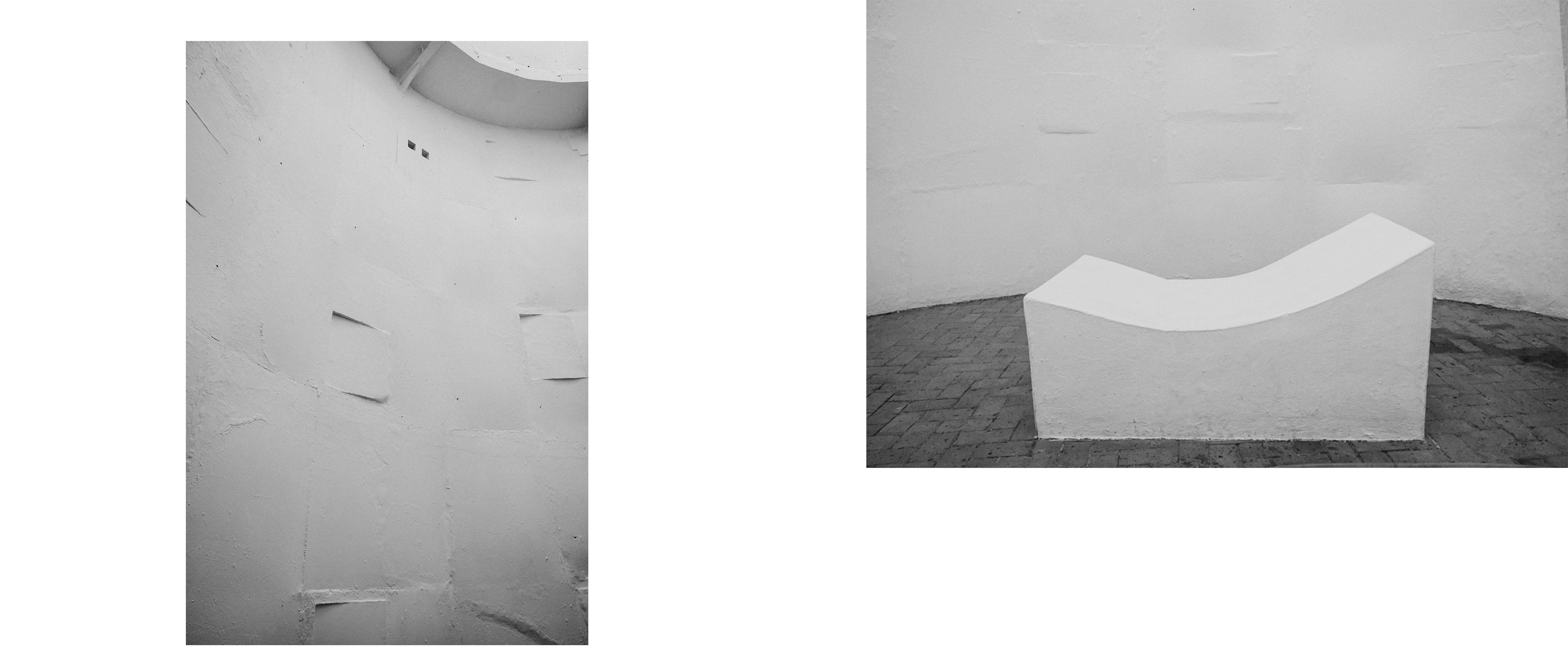
La Torre de los Vientos
In the midst of the urban fabric of México City lies a poetic sculptural tower known as La Torre de los Vientos (Tower of the Winds). Designed and built by the Uruguayan artist Gonzalo Fonseca, the tower is one of twenty-one sculptures that comprise the Ruta de la Amistad, a cultural project commissioned by Pedro Ramirez Vazquez and Matthias Goeritz for the 1968 Olympics in México. To materialize their ambitious vision, they invited international artists to create abstract sculptures that would represent México’s connection to the world and its participation in modernity.
The title of the sculpture derives from its location at the crosswinds of the nearby volcanoes, Xitle and Ajusco. Today, this architectural folly lies at the edge of a sparse landscape of volcanic rock and arid flora, framed by busy highways and man-made constructions. Surrounded by total urbanization, it is a poetic island in the middle of an endless river of vehicles. Like most towers, it is a place to observe, to keep things within and to gain a new perspective. It is an anchor that reminds those who pass by of the past, marking the site where the city begins to dissolve into the periphery.
Fonseca discovered worlds within the inert blocks of stone, each a piece of a larger puzzle, a sculptural riddle to be solved. Every crevice and every niche conceals a subtle mystery. This architectural object transmits an intellectual curiosity expressed through its details, its relief and its play of forms.
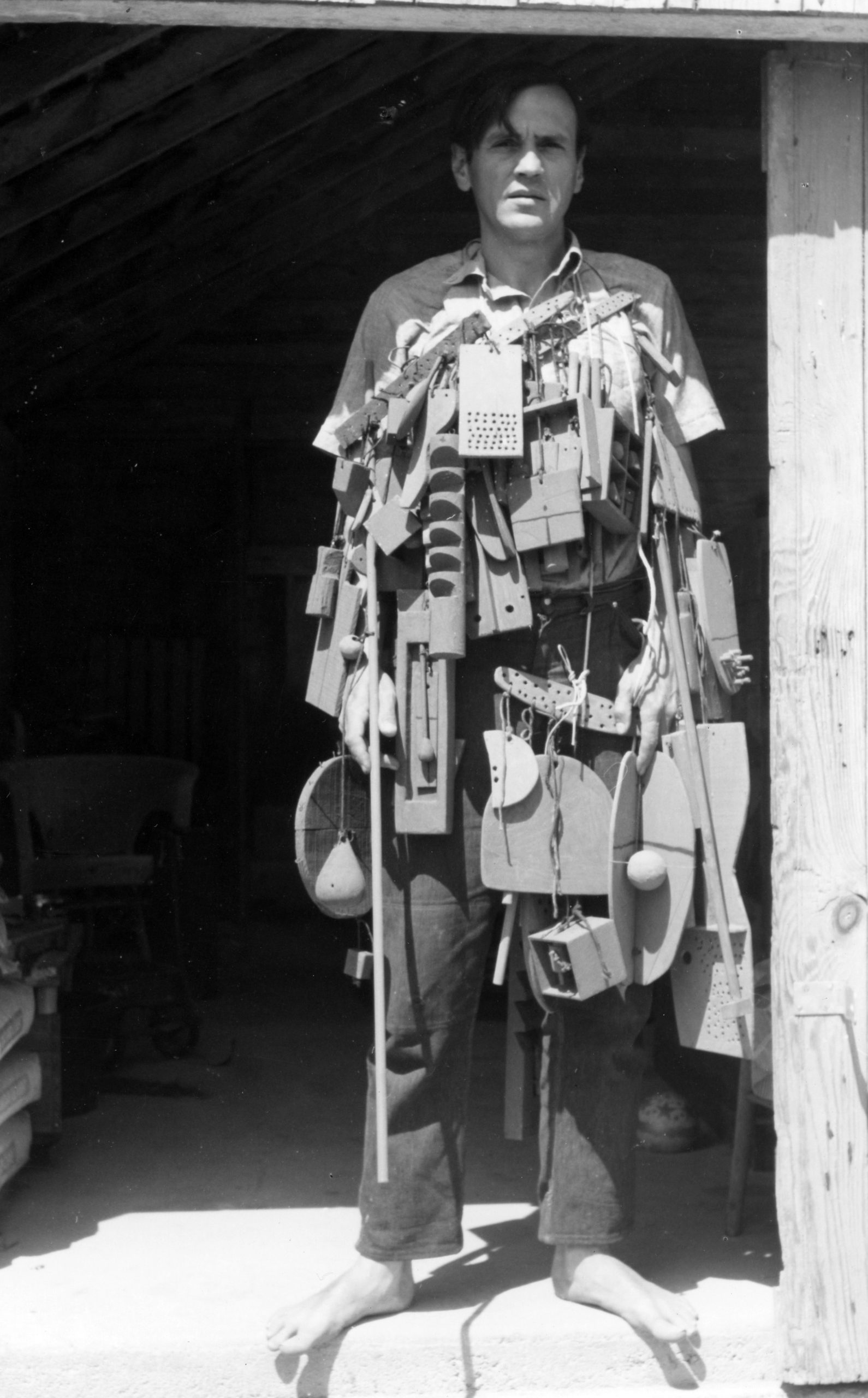
Fonseca, who lived and worked in relative obscurity for most of his life, crafted playful narratives in stone that revealed his passion for history. His profound knowledge of Greek, Roman, Egyptian, Sumerian and African archeology, as well as his unique sense of mythology, blended the historic with the esoteric. Referencing surrealist collages and anthropological artifacts, his style is a unique integration of modernism and archeological classicism. Fonseca reconfigured his art into a new history and a poetic order. Ultimately, his work is a symbolic symbiosis of sculpture and architecture.
Fonseca discovered worlds within the inert blocks of stone, each a piece of a larger puzzle, a sculptural riddle to be solved. Every crevice and every niche conceals a subtle mystery. This architectural object transmits an intellectual curiosity expressed through its details, its relief and its play of forms. Fonseca invites the viewer to travel through time, to find and explore a narrative. In his drawings and large-scale sculptures, man watches history built around him, and is measured by its immensity.
Touching on Gaston Bachelard’s conception of the poetics of space, La Torre de los Vientos generates a unique relation to time that intermixes past and present, the now and the future. It is as if it was designed as a time capsule to be opened and decoded by posterity. Fonseca’s modernity lies in the reinterpretation of the past and in the construction of a personal mythology.

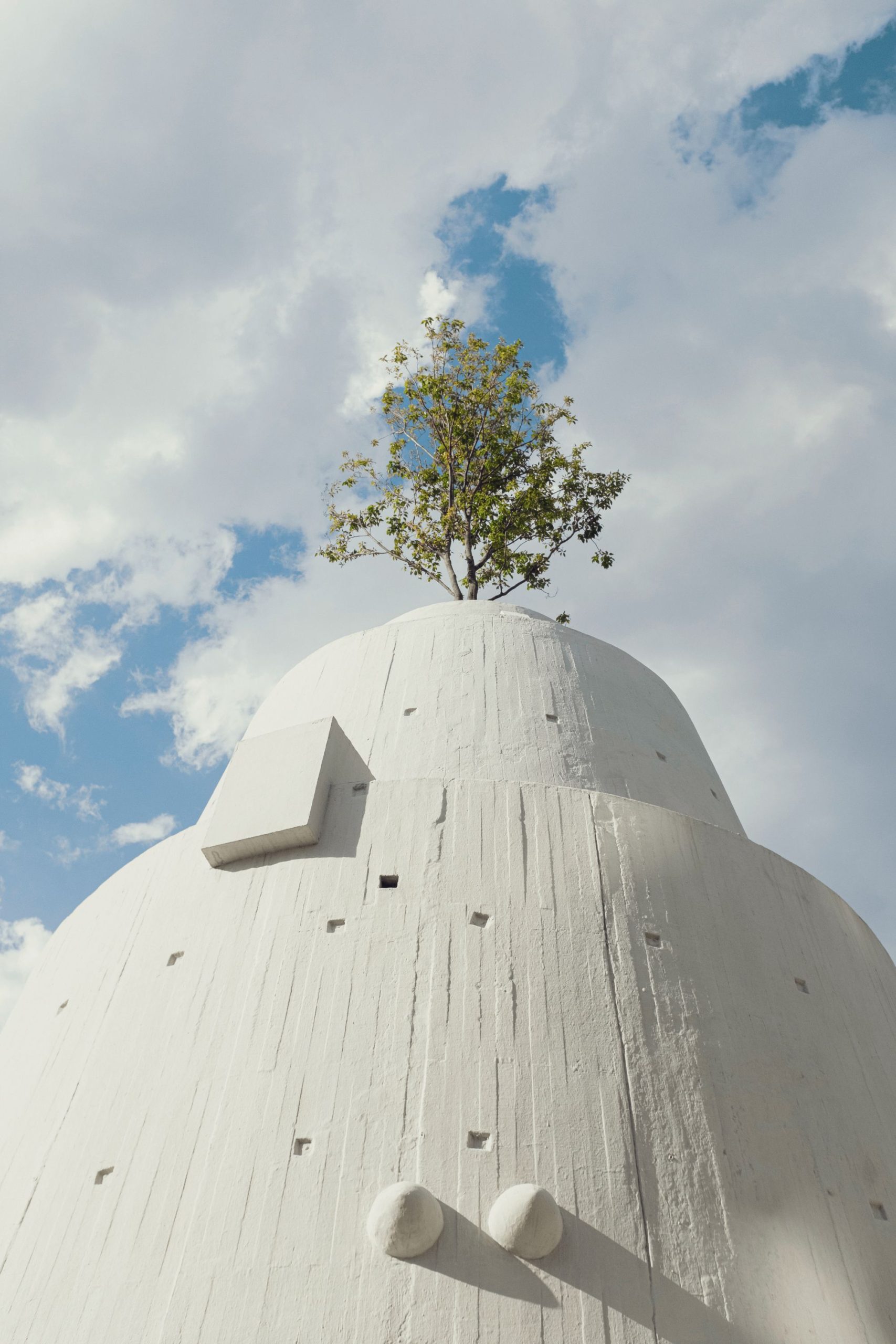
Árbol Suspendido
As part of his mission to salvage and rewild the endemic flora and fauna surrounding the sculptures of La Ruta de la Amistad, Luis Javier de la Torre conceived an installation entitled Árbol Suspendido. The installation speaks about the liminal spaces within the urban context where nature can still thrive. It brings attention to the importance of protecting the environment and recognizing nature as a vital part of our existence.
De la Torre removed the top of the tower and placed a live oak tree at its center, thereby entombing nature at the interior of the tower. The upper circle becomes a visor that allows the viewer to see the movement of the foliage, the leaves and its flowers, as well as revealing the chiaroscuros of the light. The spectator finds himself in the underground sub-strata looking out onto the world at the level of a tree. It is a trip, a journey, into the inside of the earth, peeling back the layers of the subterranean and conjuring the historical past of México. The tower naturally amplifies the sounds of the tree, the rustle of the leaves and the sounds of the birds that come to visit it in the Spring.
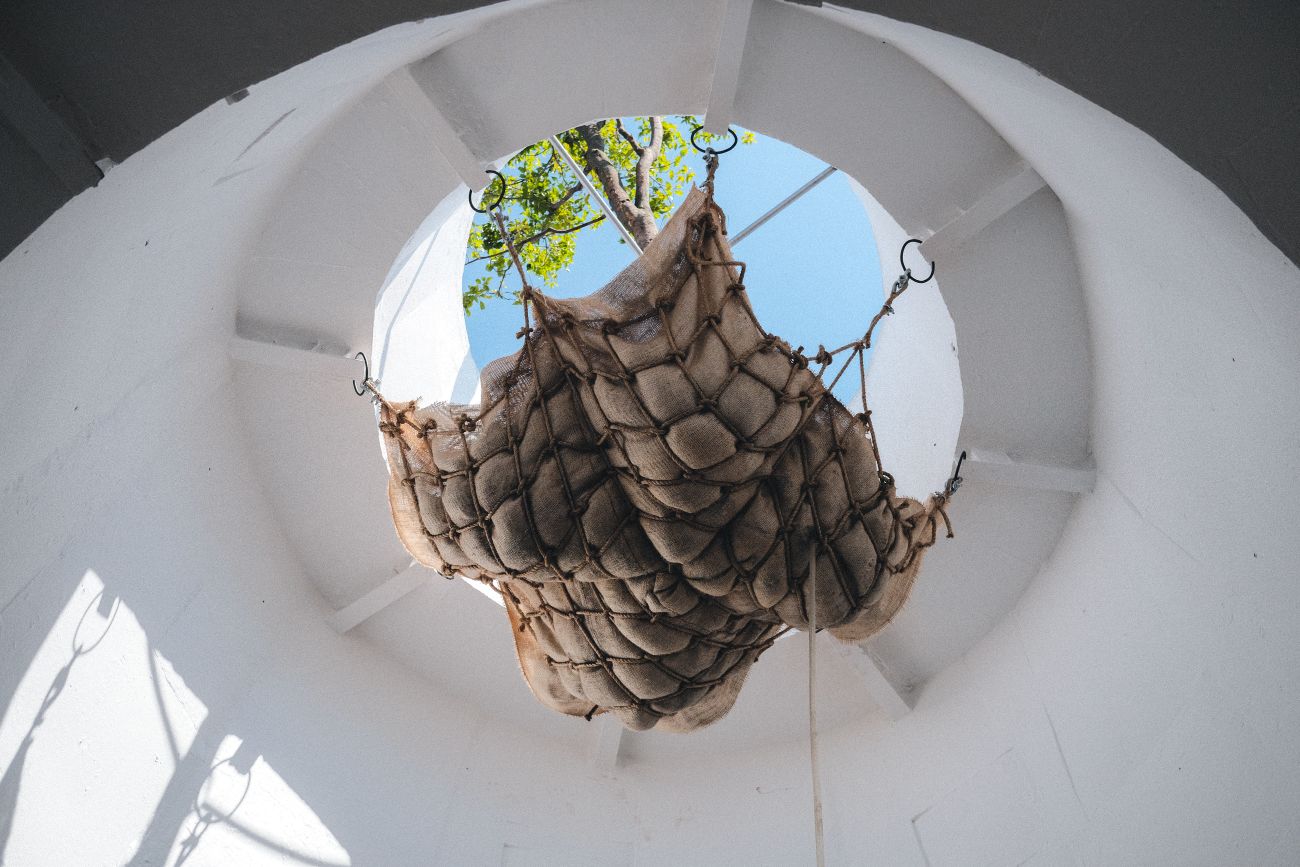
The oak tree (Quercus laurina) is an endemic tree that dominated the landscape of the pre-Hispanic city of Cuicuilco before the explosion of the Xitle volcano. The volcano’s eruption buried the nature around it, turning the surroundings into a seemingly barren rocky landscape known as pedregales. Gradually, the pedregal landscape has been taken over by the rapid urbanization of the city and the human interactions to transform our environment.
Three months after the performance, the oak tree will be replanted on the bluff across from the site.

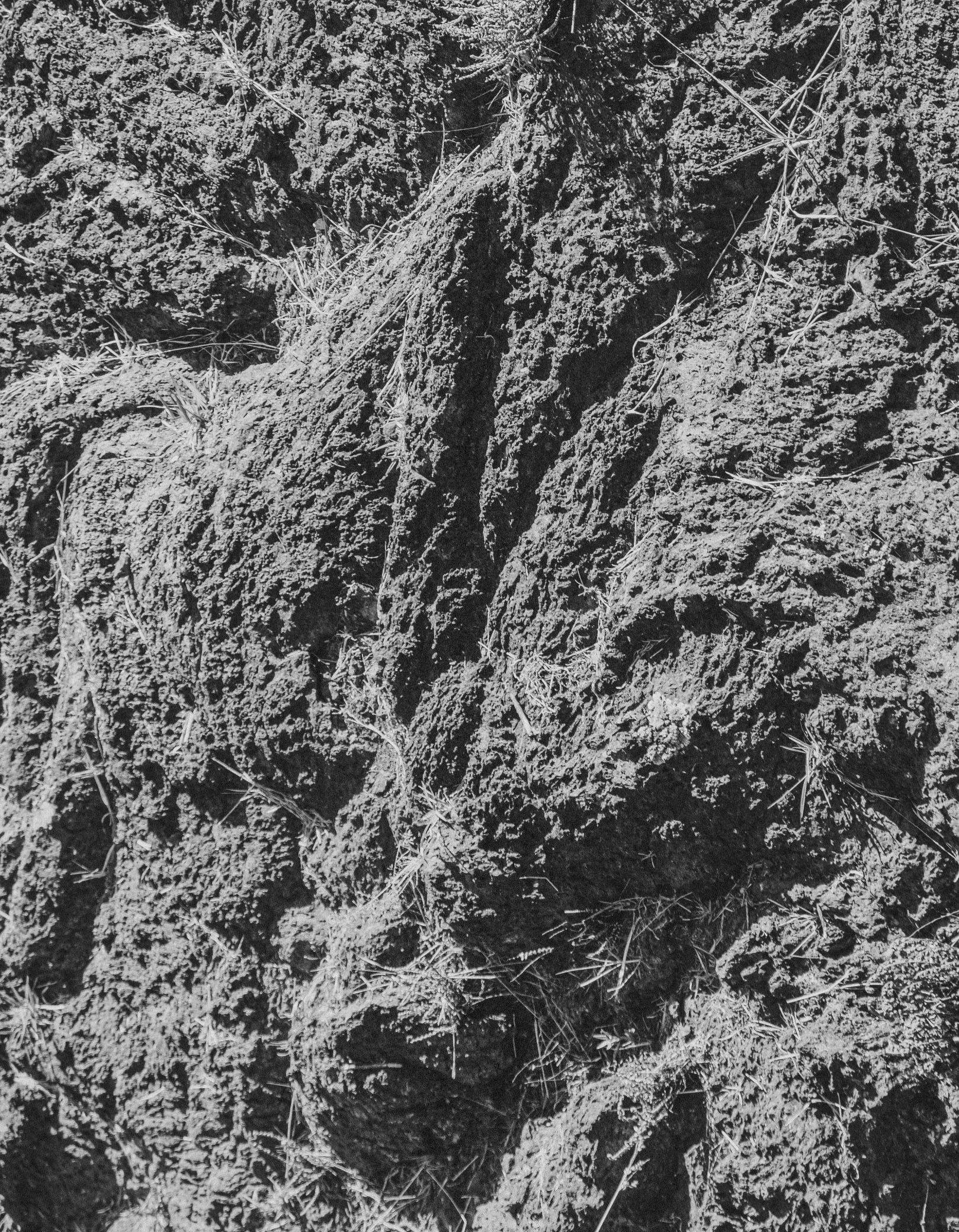
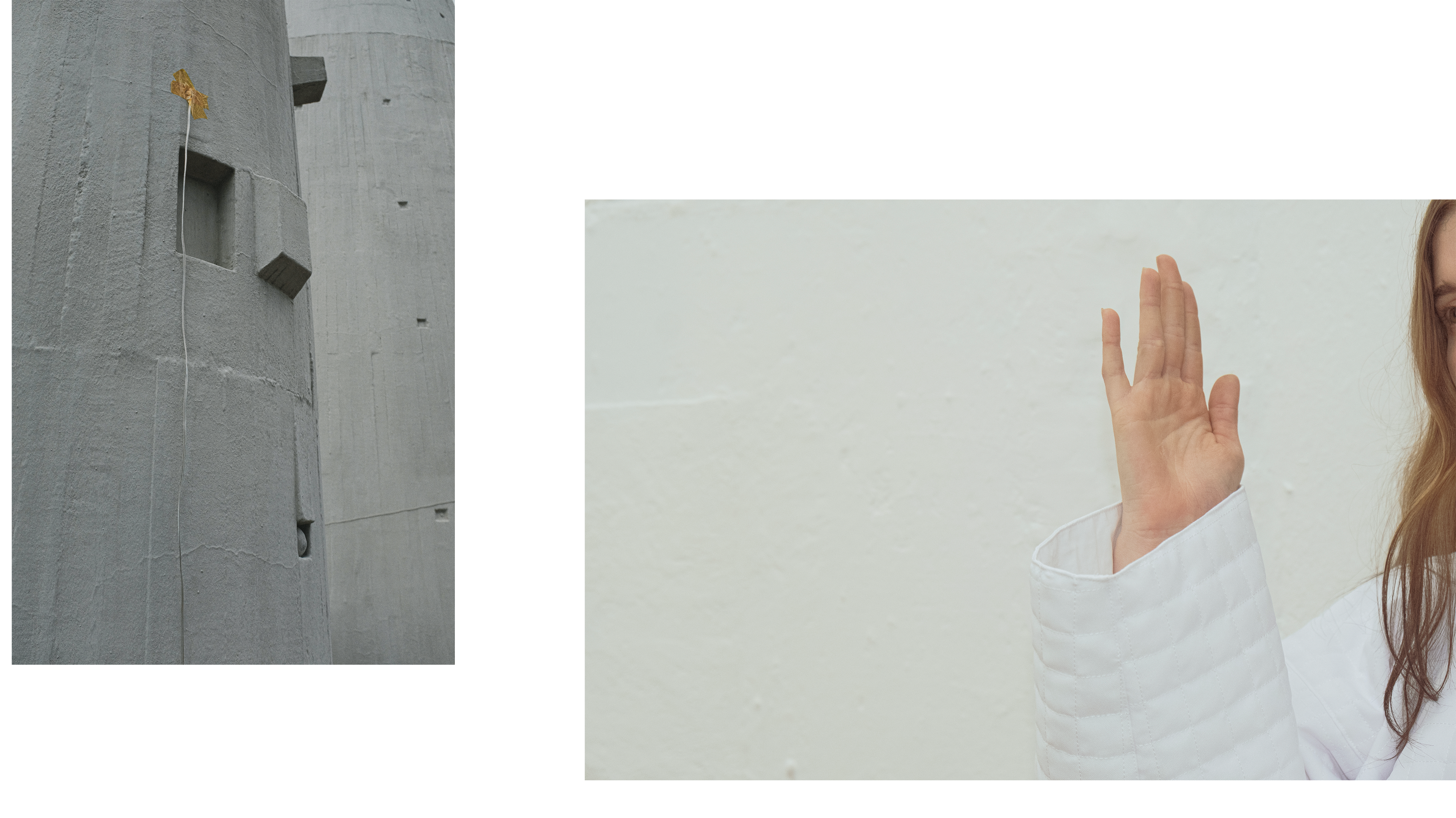
The Sound Performance / Torre de Sonido
In the context of the Art Week 2022, a group of Mexican sound artists will create a sound performance at La Torre de los Vientos. This second iteration of MATERIA Contexto, includes live and on-site sound installations by the artists Sites, Ramón Saturnino, and Moisés Sacal Hadid presented by Sound +.

Using sound processing tools and machines built specifically for this performance—analogue synthesizers, contact microphones, live coding and other digital DIY software—the sculpture of La Torre de los Vientos will be transformed into a Hertzian space, where all of the surrounding sounds and signals will be processed into a sound piece. The artists will record the sounds of the spectators and the periphery, the climatic conditions, the electromagnetic fields, and the sounds emanating from the tower itself.
This artistic intervention establishes a feedback loop between the tower, its exterior, and its surrounding environment, creating a hybridized space between the real and the digital worlds. In this way, the sound performance will bring back to life the playful narratives inscribed into the sculpture by its creator, Gonzalo Fonseca. This performance opens up a new way for the audience to interact with an inert concrete structure in the middle of the city. The audience, the sound artists, and the architecture of the tower all become vectors of sound to be manipulated in unexpected ways.

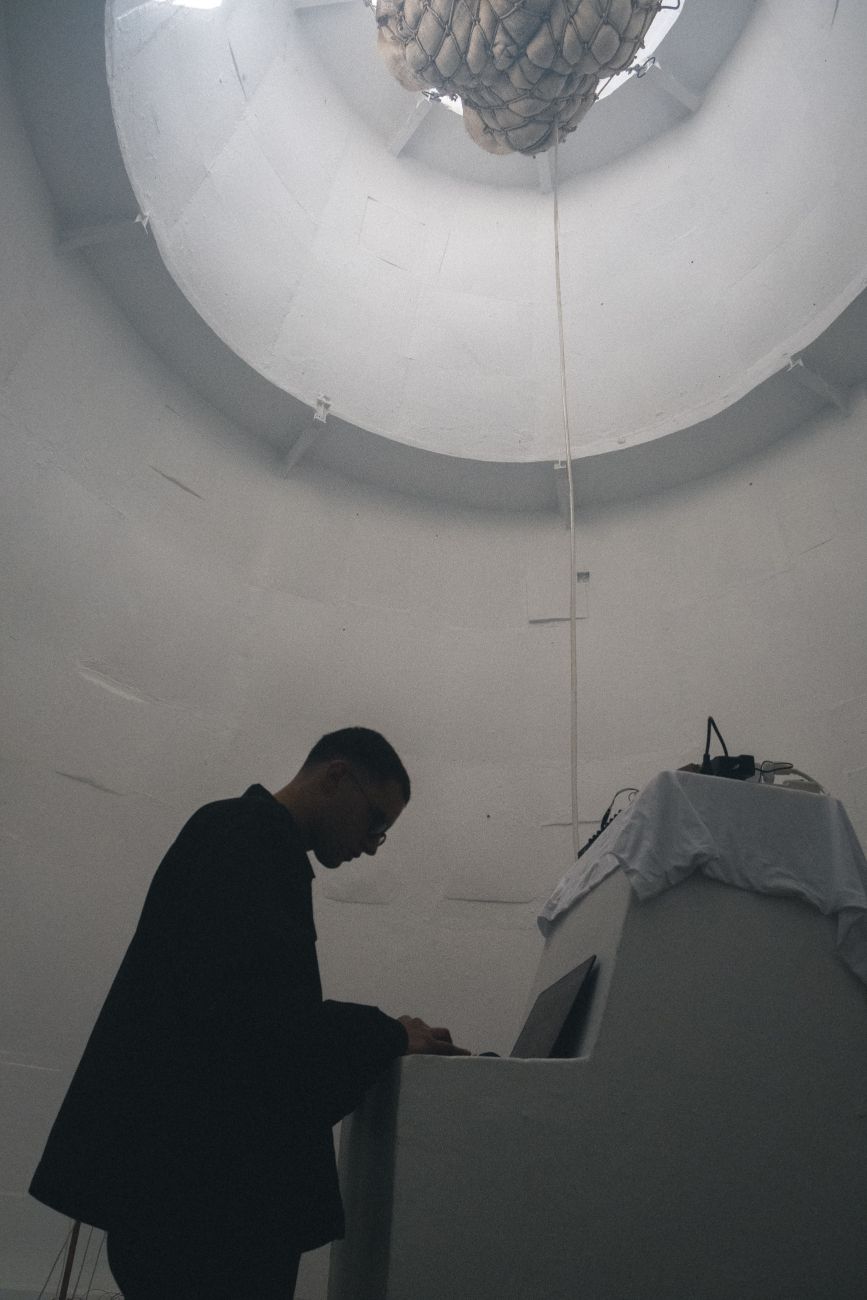
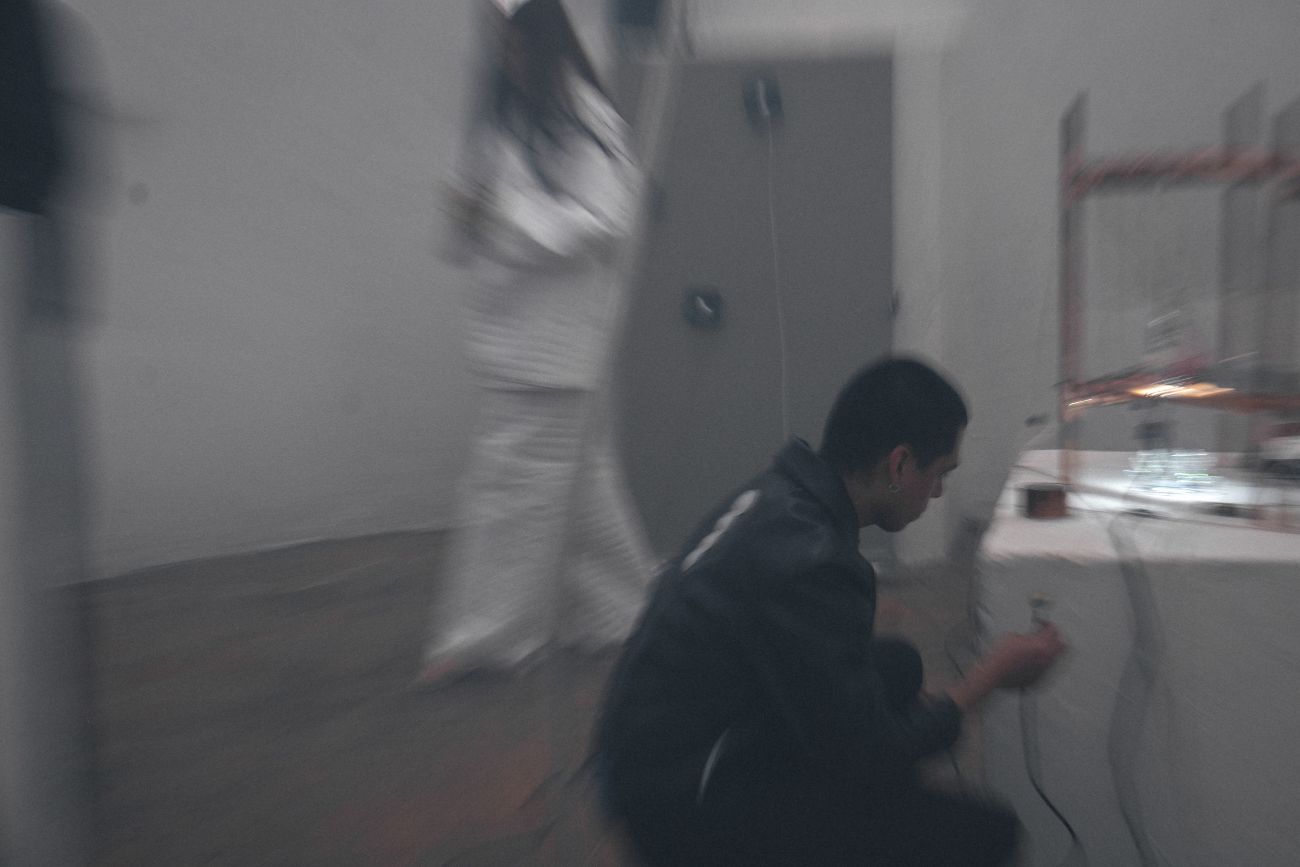
The architecture and the geometry of the tower will shape the sound gestures of this sonic intervention. The concrete interior of the sculpture is a natural reverberator of sound waves, channeling the sounds and molding them into what will ultimately become a soundtrack of the sculpture. In the end, it is the tower that will sculpt the textures obtained from its own sound context, expressing its own language and voice.
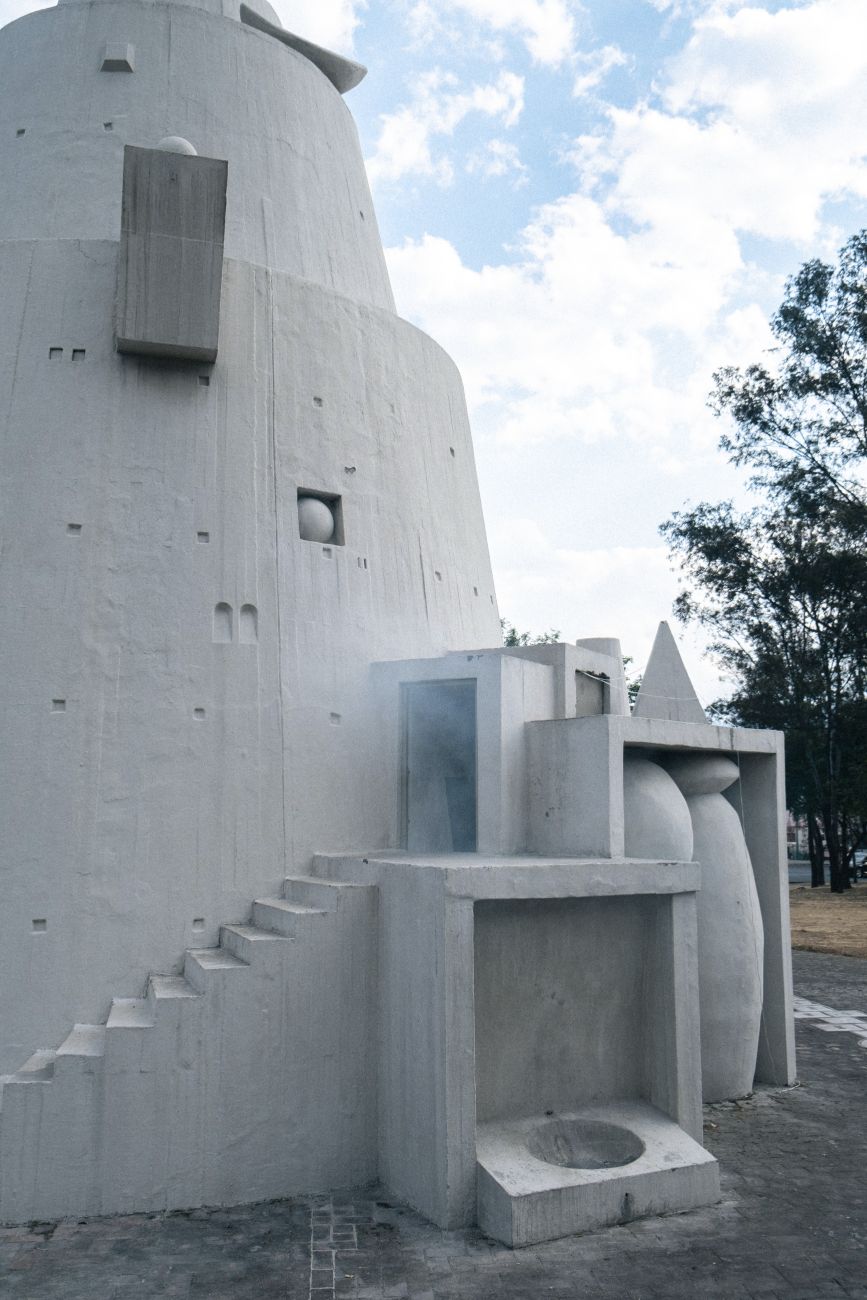
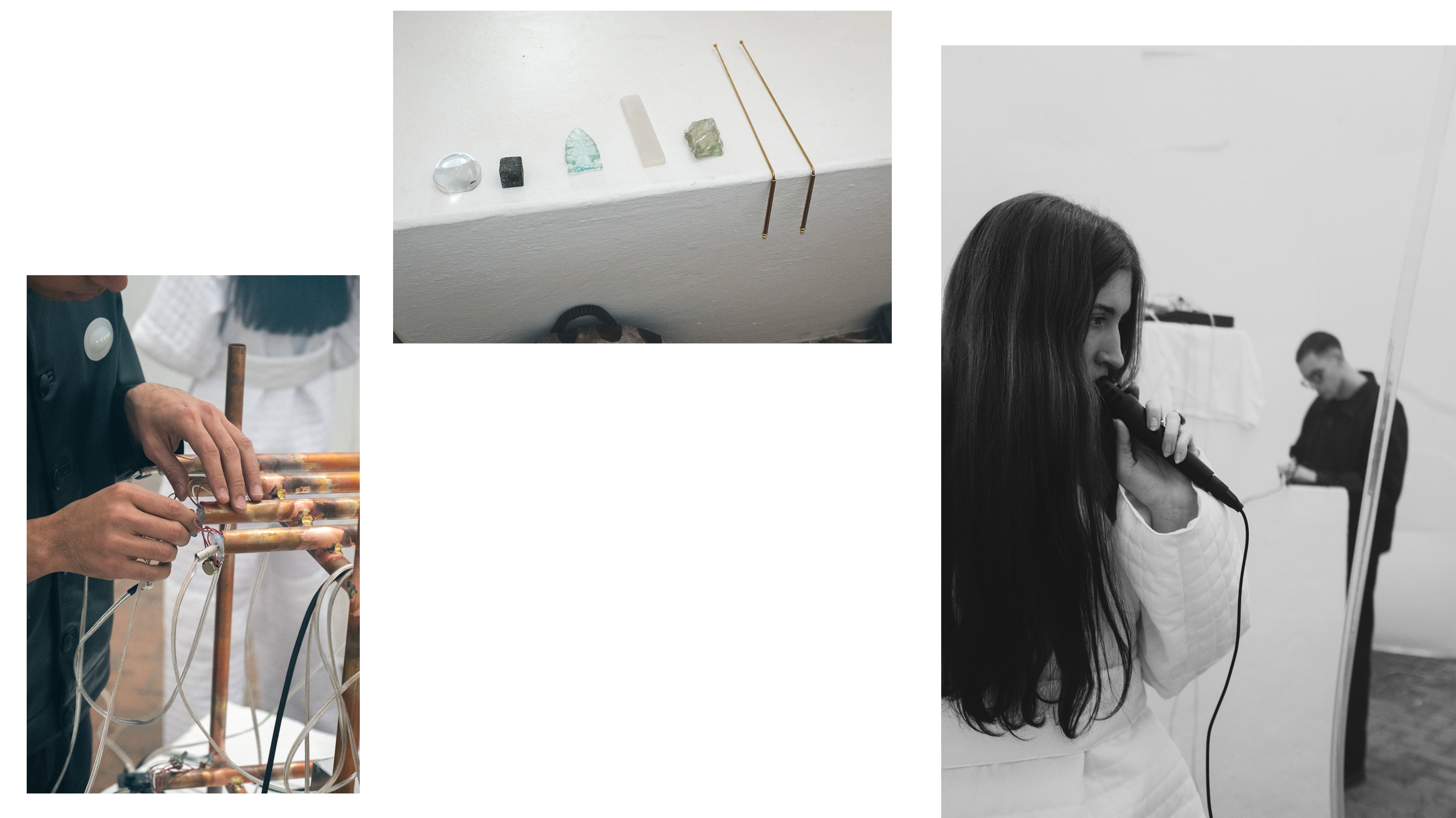

Torre de Sonido takes place February 12 and 13 during CDMX Art Week 2022.
For more information and tickets please visit the event page.


